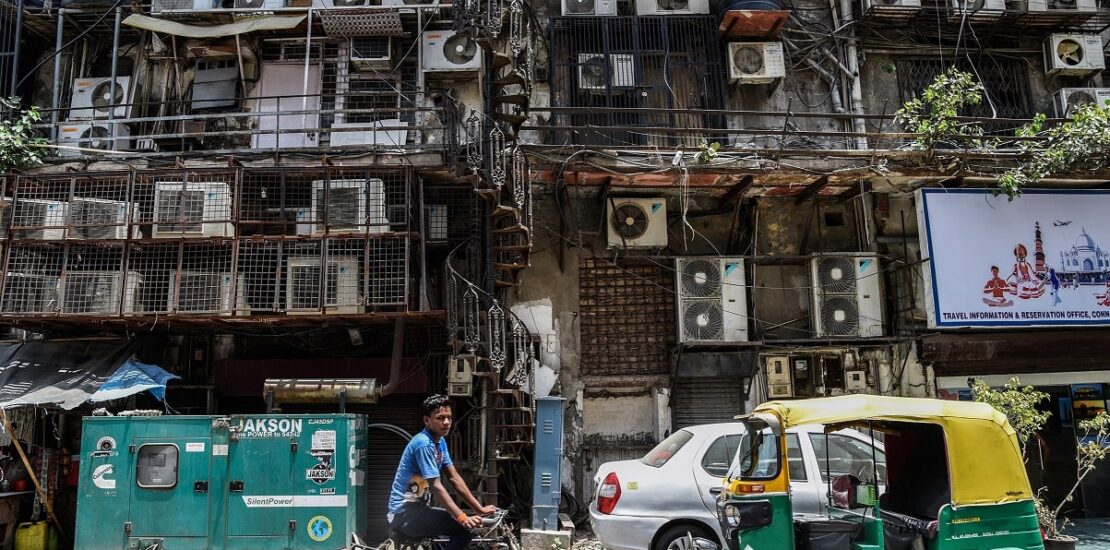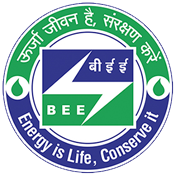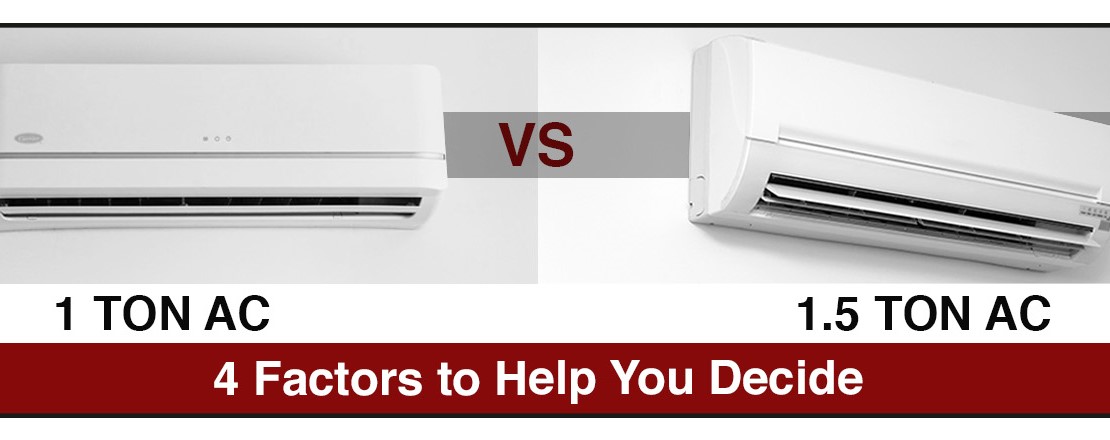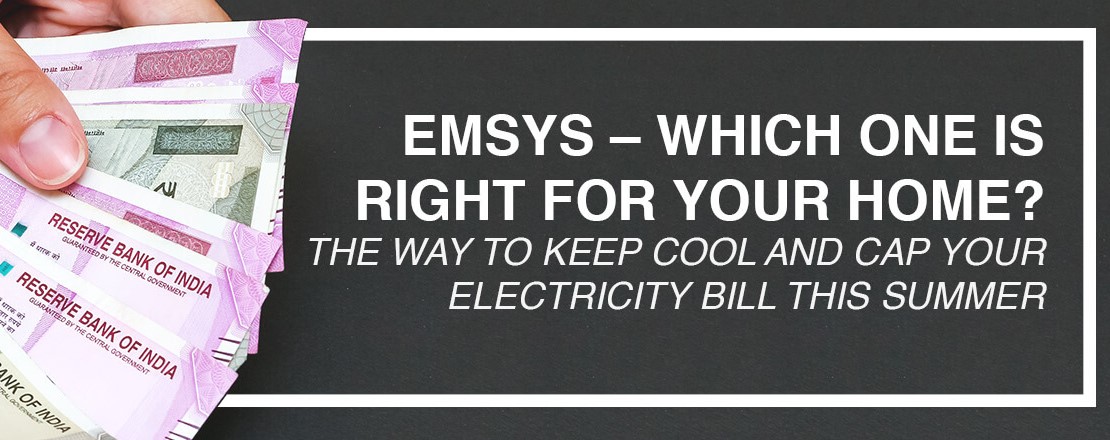
Photo Courtesy: https://time.com/
- Posted On: June 9, 2021
A friend called me in the summer to ask for a quick-fix solution to shade a west facing wall and the terrace of his third-floor apartment in Delhi. Even with continuous air conditioning in the room adjoining this west side wall, it would not cool to comfortable levels. Work from home in 2020 made us realise how we missed the comfort of “office type cooling” in peak summer, as a popular advertisement for room air conditioners promised. Since we could not escape to office comfort, this year we paid much higher home electricity bills, and felt uncomfortable in spite of it.
But unlike offices with centralised air conditioning, switching to fully air-conditioned houses is not an option. First, air-conditioning is expensive. Eight hours of overnight use of a 1.5 tonnes air conditioner in a bedroom can add anywhere between 2500-5000 rupees to your monthly electricity bill depending on the electricity tariff in your city. Second, the country’s electricity grid is not prepared to tackle this onslaught of air-conditioning. Currently, under 10% of Indian households have an air-conditioner, but it is expected that 40% households will buy one in the next two decades. 45% of India’s peak electricity use in 2030 is expected to be just from running air- conditioners. This will require massive additions to grid capacity in terms of new power plants to meet this cooling demand.
Third, cooling through air conditioners is also heating our cities and our planet. By rejecting heat outside, ACs end up taking heat from our room and dumping it in our surroundings, which then ironically requires more cooling. This is made worse in inner city areas with fewer green open spaces, where heat is absorbed by surrounding buildings and paved areas increasing the temperature by as much as 3°C to 8°C, referred to as the urban heat island effect. This heat from surfaces is radiated back at night, making summer nights much warmer than a few decades ago. Studies show, that in Delhi, the urban heat island intensity is high both in the afternoon and at night time as compared to early morning hours, thus making night time comfort also elusive for households that are unable to afford air-conditioning in cities. Finally, refrigerants in air-conditioners are also potent greenhouse gases, with a significantly higher global warming potential than carbon dioxide, which are released into the atmosphere due to leakage while in use, or improper disposal of air conditioners.
There is a need to rethink how we can be more thermally comfortable in our houses. Is it possible to live in an apartment without air-conditioner? Do I have to give up my modern home to be more energy efficient and environmentally friendly?
The good news is that there are sustainable alternatives that we can adopt as we continue to live in the modern urban homes that we are used to living in. We will discuss these alternatives in the next blog.
-
- Smita Chandiwala






